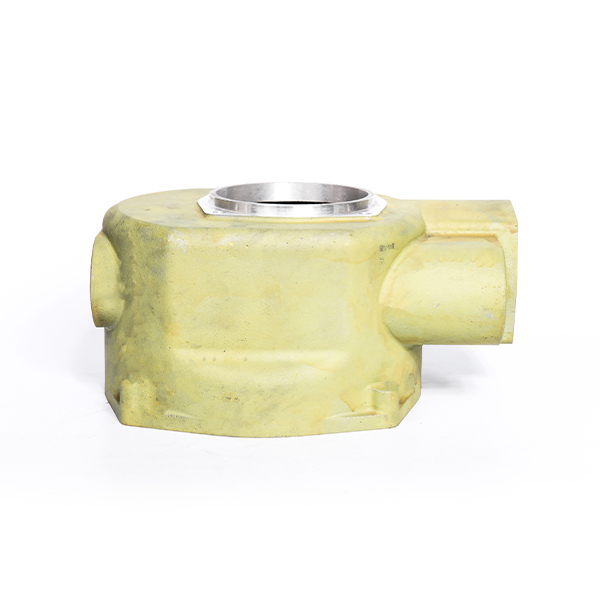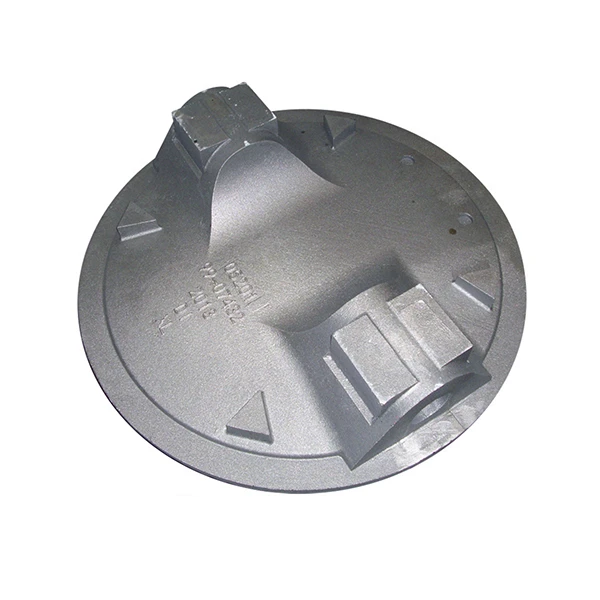Mobile:+86-311-808-126-83
Email:info@ydcastings.com
Jan . 23, 2025 05:14
Back to list
Connector bracket
In the world of industrial applications, blowers are critical components that serve various purposes, from aerating fluids to transporting materials. At the heart of these blowers lies the impeller, which drives their effectiveness and efficiency. Understanding the types of blower impellers is vital for selecting the right equipment for specific applications. Drawing from industry expertise and authoritative knowledge, this article delves into the various types of blower impellers, focusing on their unique attributes and applications.
5. Backward Curved Impeller These impellers feature blades that curve away from the direction of rotation. They are particularly efficient at converting kinetic energy into pressure, making them suitable for high-pressure applications where energy efficiency is paramount. Employers in chemical processing plants or power generation facilities often prefer these impellers for their ability to handle dust and other solid particles with minimal clogging. 6. Forward Curved Impeller Often referred to as squirrel cage impellers, they are characterized by their curved blades pointing in the direction of rotation. They are efficient at producing high airflow at lower pressures and are often used in domestic applications, like boilers or small ventilation systems. Though less efficient in industrial settings, their simplicity and ease of operation make them relevant in residential and light commercial applications. 7. Tangential Impeller Employed in crossflow blowers, these impellers allow air to flow over the blades transversely, offering uniform air distribution. While they do not produce high pressure, their ability to distribute air evenly makes them excellent for applications in air curtains, heating units, and electronic cooling systems. Technological advancements continue to evolve impeller designs, incorporating materials and shapes that enhance performance and durability. Practical knowledge derived from real-world operation often reveals insights that theoretical models may overlook. Regular calibration and maintenance are critical in maximizing the lifespan and efficacy of blower impellers. Selecting the right blower impeller requires a thorough understanding of the operational environment and desired performance outcomes. An expert analysis of the application's demand and a trusted supplier's guidance ensure that the chosen impeller will meet specific needs while offering reliability and efficiency. Such diligence not only assures optimal performance but also upholds industry best practices, reflecting a commitment to excellence in engineering and environmental responsibility.


5. Backward Curved Impeller These impellers feature blades that curve away from the direction of rotation. They are particularly efficient at converting kinetic energy into pressure, making them suitable for high-pressure applications where energy efficiency is paramount. Employers in chemical processing plants or power generation facilities often prefer these impellers for their ability to handle dust and other solid particles with minimal clogging. 6. Forward Curved Impeller Often referred to as squirrel cage impellers, they are characterized by their curved blades pointing in the direction of rotation. They are efficient at producing high airflow at lower pressures and are often used in domestic applications, like boilers or small ventilation systems. Though less efficient in industrial settings, their simplicity and ease of operation make them relevant in residential and light commercial applications. 7. Tangential Impeller Employed in crossflow blowers, these impellers allow air to flow over the blades transversely, offering uniform air distribution. While they do not produce high pressure, their ability to distribute air evenly makes them excellent for applications in air curtains, heating units, and electronic cooling systems. Technological advancements continue to evolve impeller designs, incorporating materials and shapes that enhance performance and durability. Practical knowledge derived from real-world operation often reveals insights that theoretical models may overlook. Regular calibration and maintenance are critical in maximizing the lifespan and efficacy of blower impellers. Selecting the right blower impeller requires a thorough understanding of the operational environment and desired performance outcomes. An expert analysis of the application's demand and a trusted supplier's guidance ensure that the chosen impeller will meet specific needs while offering reliability and efficiency. Such diligence not only assures optimal performance but also upholds industry best practices, reflecting a commitment to excellence in engineering and environmental responsibility.
Next:
Related PRODUCTS











